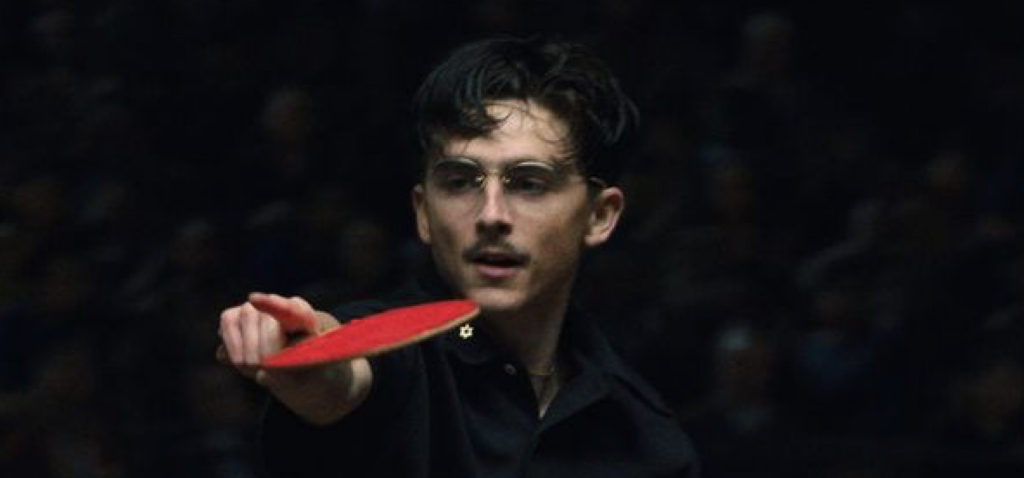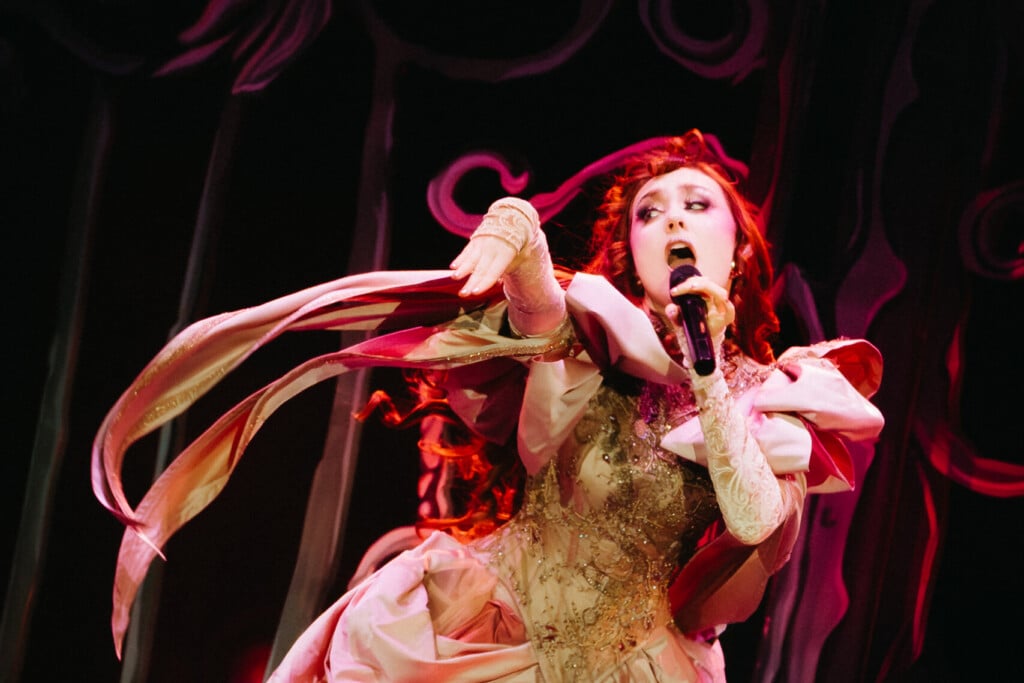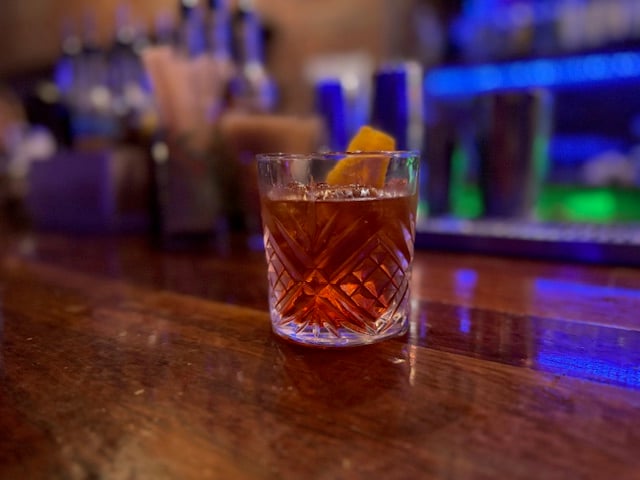SHELBY LYNNE

From the opening seconds of I Am Shelby Lynne, when “Your Lies” tumbles violently from the speakers with the sudden, contained fury of a pound of firecrackers exploding in a garbage can, it’s all new. Like Dusty Springfield’s Dusty in Memphis, the album signals a musical rebirth, the emergence of an artist who has shed the Sunday dress picked out by labels and managers in favor of, well, the fur coat Lynne wears open on the cover. (Looking good being the best revenge, I Am is a collection of end-of-the-affair songs with the sexy-surly Lynne giving the camera her best Fuck You on the cover and her most appealing come-hither looks in the sleeve.)
Sometimes producer Bill Bottrell dresses Lynne in the sonic hand-me-downs of his former charge Sheryl Crow. “Life is Bad” and “Why Can’t You Be?” both have the laid-back slither of Crow’s debut, though Lynne is the better singer. But for most of the valentine-short I Am, Lynne is garbed in six-shooters and fringe, firing off accusations and hitting every emotional bullseye with a directness that Crow and most of the current Ya-Ya sisterhood have yet to display.
When I Am first came out much was written about Lynne’s troubled past, about her unhappy days as a Nashville grunt for a couple of labels, about Bottrell’s successfully goading her into writing songs. She leaned into interviews with rawness and hunger and clear-eyed confidence in her sex appeal. Critics fell over one another to praise the disc and its bad habit-courting star, so much so that anyone who bought it based on press was probably shocked to hear a brief, mostly quiet album with more soulful quiver than diva fire.
But almost two months later, I Am‘s 38 minutes continue to reveal. It’s not that there’s any mystery to Bottrell’s simple production, which reaches for the gloss only long enough to apply several coats of Lynne to most songs (her multitracked vocals are one of the album’s chief appeals). Sure, orchestral flourishes peek through here and there, goosing the album in the direction of Gamble and Huff’s Philadelphia (same thing with the cool flute from “Dreamsome” and the disc’s recurring electric piano). But at the risk of tailgating the bandwagon, the combination of Lynne’s songs and lived-in delivery could stand as easily in an a cappella setting as it could a troupe of accordion players. On the album’s best cut, “Lookin’ Up,” she sings, I’m lookin’ up for the next thing that brings me down. What’s going to keep I Am high on best-of-2000 lists is that it sounds like it has nowhere to go but up, then gets all the way there. The final song, “Black Light Blue,” is a haunted nocturne, but the sum of the album is the expectation that tomorrow morning, Shelby Lynne will be queen.




